The Truth About Airbags and Avalanche Survival
This winter I noticed a magazine advertisement for an avalanche airbag pack that claimed “a 97 percent success rate in real world conditions.” What the advertisement didn’t mention was that people caught without an avalanche airbag have an 80 to 90 percent success rate. In other words, most people caught in an avalanche will get a cheap lesson; they will either escape off the slab, grab a tree, dig into the bed surface, ride on top of the debris, be saved by a beacon recovery, or just plain get lucky. Most people caught in an avalanche will survive, which is very good news for all of us.
It reminds me of the example my college statistics professor presented in which Sanka advertised their decaf coffee as “97 percent caffeine free.” What they didn’t tell you was that regular coffee is 90 percent caffeine free. This, no doubt, sells much more coffee than saying that their decaf coffee has one-third the caffeine as regular coffee, which is much less misleading.
There seems to be no end of confusion about the effectiveness of avalanche airbags. I have heard survival numbers ranging from 97 percent to 3 percent. (“Avalanche airbags would save only 3 out of 100 who would have otherwise have died,” said a prominent avalanche professional in a national class.) That’s a wide range of disagreement.
Today, I want to explain why the numbers vary so dramatically and provide what I think is a more useful — and less misleading — sound bite when we talk about the effectiveness of avalanche airbags.
Most airbag data come from Europe because avalanche airbags were developed there and over the past 15 years they have become ubiquitous. There have been close to 400 documented cases of people getting caught with avalanche airbags (the exact amount is uncertain because many non-fatal cases likely go unreported).
The “97 percent success rate” comes from a database maintained by the Swiss Federal Institute of Snow and Avalanche Research (SLF). In collaboration with ABS brand of avalanche airbags, SLF kept track of all the people that reported being caught in an avalanche with an avalanche airbag, whether they successfully deployed it or not, until the fall of 2010. After that, the responsibility for collecting data was passed to national avalanche centers.
According to a 2007 study of this dataset, the percentage of people caught who died in an avalanche decreased from 19 percent to 3 percent for those who successfully deployed an avalanche airbag. In other words, there is an 81 percent “success rate” for those without a deployed airbag and a 97 percent “success rate” for those who did.
Thus, many people have latched onto the 97 percent figure. But we have to remember that this is 97 percent of those caught. Because most of people caught survive anyway, the number most of us are probably more interested in is what percentage would survive who would have otherwise been killed. (In statistics-speak, this is the difference between “absolute reduction in mortality” and “relative reduction in mortality.” Back to the Sanka coffee example, this is the difference between being “97 percent caffeine free” and “one-third the caffeine of regular coffee.”)
At the International Snow Science Workshop last fall, the well-respected Canadian researcher, Pascal Haegeli presented some preliminary results of his more up-to-date study on the effectiveness of avalanche airbag packs. He performed the study like standard medical research in which he compared the mortality rate of the treatment group with the control group (people who wore airbags vs. those who did not). As I mentioned before, there is a wide variety in the severity of the avalanche that can catch people. So he only included the cases where people were “seriously involved,” meaning that the avalanche airbag “had a chance to be effective.” In addition, he only included cases with multiple victims in which — in the same avalanche — some wore airbags and some did not, and he also included cases where people failed to deploy the airbag. In other words, he wanted to fairly compare the success of the technology, warts and all. He still needs to add more data from Europe and publish it in a peer-reviewed journal, so I can’t present the numbers here, but his preliminary results suggest the following:
If you look at it optimistically, a deployed airbag saved about half of those who would have otherwise died. If you look pessimistically, you would say that half of the people who deployed airbags died anyway.
Not all people who wore airbags were able to deploy them. If you include these cases, wearing an avalanche airbag saved about a third of those who would otherwise have died.
Pascal was careful to mention that his study presented perhaps a worst-case scenario because, he eliminated less serious avalanches from the analysis and included only multiple burial incidents, and thus the data was biased towards larger, less survivable avalanches.
Indeed, in the April 2012 issue of the Avalanche Review, Jonathan Shefftz did a great summary of five different published data sets, mostly from older European data, and he found roughly similar numbers. Wearing an avalanche airbag would have saved from 35 to 81 people out of 100 who would have otherwise died. (The average of the five studies is 64.) So, it seems that in real-world experience, wearing an avalanche airbag will possibly save a little more than half of those who would have otherwise died.
From my perspective, preventing half of avalanche fatalities is pretty darn good. Avalanche airbags are the best technology we have seen, including the beacon. Although it’s impossible to directly compare beacons with avalanche airbags because they do dramatically different things, most experts agree that the avalanche airbag will likely save more lives.
My pet peeve with this issue is that people who argue about the numbers often leave the most important part out of the discussion – terrain. If you are caught in un-survivable terrain, by definition you won’t survive no matter what kind of rescue gear you use. There have been a number of prominent accidents in which the victim with a deployed airbag died because he was either strained through thick trees and rocks, deposited in a terrain trap, buried deeply, or went over a cliff. In zero-tolerance terrain, airbags don’t work, beacons don’t work, Avalungs don’t work. Nothing works. Save your money, buy a life insurance policy, and use a RECCO so rescuers don’t have to spend all night probing.
So at least for me, unless I’m 99.9 percent certain that the slope won’t slide, I don’t go to un-survivable terrain. If I’m going to spend the money and carry the extra weight of an avalanche airbag pack, I want to ride in terrain where it has a chance to make a difference. In other words, you should choose terrain with no obstacles, no terrain traps or sharp transitions, and avoid large avalanche paths.
The other part of the situation is the often-overlooked issue of what we call “risk homeostasis.” Each gizmo we acquire to increase our safety usually causes us to increase our level of risk at the same time. For instance, when we added seat belts and airbags to cars, fatalities decreased, but they also led us to drive faster, farther, crazier, and talk on our mobile phones at the same time. So safety measures usually work but not nearly as well as we would hope because people just increase their risk (and “utility”) at the same time. In avalanche airbag case, we will also get more powder, more fun, and more risk in the bargain.
The bottom line? Ignore the numbers and focus on terrain and appropriate decision making. My best guess is that avalanche airbag packs will probably save a little more than half of those who would have otherwise have died in an avalanche. They will never save all of them because one out of four will likely die from trauma of hitting trees and rocks on the way down and an additional one out of four will probably end up in a terrain trap (deep burial), buried by a secondary avalanche, or caught in an avalanche that does not travel far enough for the inverse segregation process to work (larger objects rise to the surface).
In addition, people will increase their exposure to risk because of the perception of increased safety, which will cancel out some, but not all, of the effectiveness of avalanche airbags.
As usual, our choice of terrain is far more important than rescue gear. Un-survivable terrain will always be un-survivable. In terrain with few obstacles, terrain traps, sharp transitions and smaller paths, avalanche airbags have the potential to save significantly more than half of those who would have otherwise died. And that sounds pretty good to me.
Bruce Tremper is the director of the U.S. Forest Service Utah Avalanche Center. If you have had an experience with an avalanche and airbag, you can (and should) report it here:
by bruce tremper


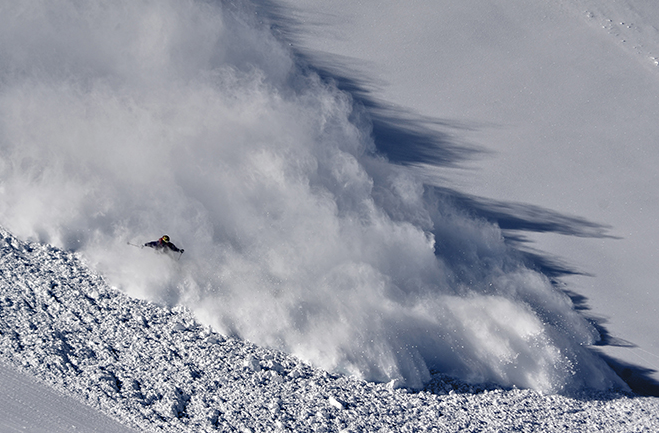

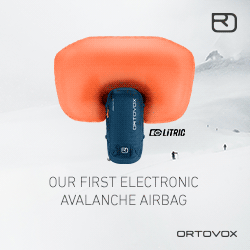

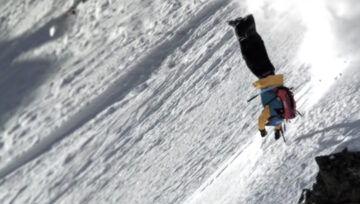
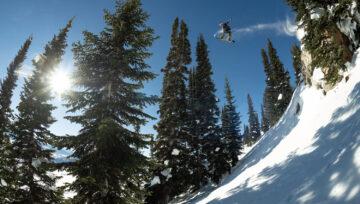

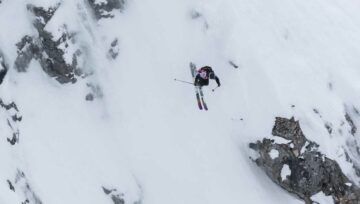



Comments